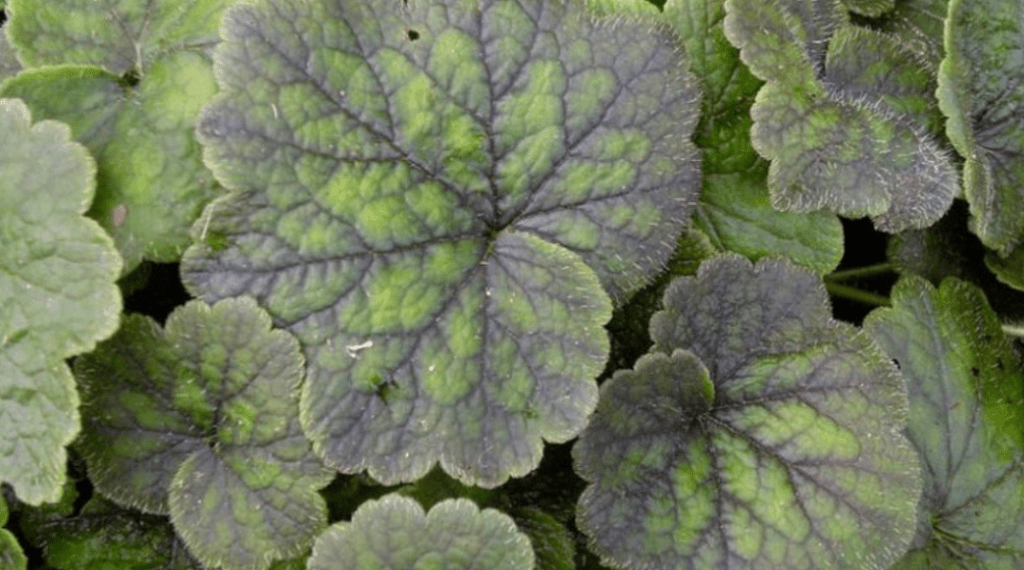
Fringe Cup Care: Tips for Thriving Blooms in Your Garden
Are you tired of lackluster blooms in your garden? Do you want to create a vibrant and stunning display that will make your neighbors green with envy? Then look no further! Our expert tips and advice for caring for fringe cups will ensure that your garden is bursting with beautiful blooms. Don’t settle for average, strive for extraordinary with our proven tips for thriving fringe cup care. Your garden will thank you, and your neighbors will be asking for your secret!
Table of Contents
ToggleUnderstanding Fringe Cup
A. Description and Characteristics
Fringe cup, also known as Tellima grandiflora, is a stunning native perennial that can add a touch of elegance and beauty to any garden. Its delicate, fringed flowers and glossy, heart-shaped leaves make it a standout addition to any landscape. With the right care and attention, fringe cups can thrive and produce an abundant display of blooms that will leave you breathless.
B. Varieties of Fringe Cup
Fringe cups come in a few different varieties, each with its own unique characteristics and requirements. From the classic Tellima grandiflora to the more rare and exotic cultivars, there is a fringe cup variety to suit every gardener’s taste and style. Whether you prefer the traditional green foliage or the striking variegated leaves, there is a fringe cup variety that will add a touch of personality to your garden.
Ideal Growing Conditions for Fringe Cup
A. Climate and Hardiness Zones
Fringe cups thrive in moist, shady environments, making them the perfect addition to any woodland or shade garden. They are hardy in USDA zones 4-8, and can withstand a wide range of temperatures and weather conditions. With the right care and attention, fringe cups can flourish in a variety of climates, from the cool and damp Pacific Northwest to the humid and temperate Southeast.
B. Soil Requirements
Fringe cups prefer rich, well-drained soil with plenty of organic matter. They are adaptable to a variety of soil types, but they do best in soil that retains moisture without becoming waterlogged. Adding organic mulch around the base of the plants will help to retain moisture and keep the soil cool, creating the ideal growing environment for fringe cups.
C. Light Requirements
If you want to grow healthy and vibrant fringe cups, you need to make sure they are getting the right amount of light. These hardy plants thrive in partial to full shade, making them a great option for those shady spots in your garden where other plants struggle to grow. They can tolerate some dappled sunlight, but full sun can cause the leaves to scorch and the plant to wither. By providing the perfect balance of light and shade, you can create the ideal conditions for fringe cups to thrive and add a touch of beauty to your garden. So, make sure to find that perfect shady spot for your fringe cups and watch them flourish!
D. Watering Needs
When it comes to watering your fringe cups, it’s important to remember that these plants prefer consistent moisture without being waterlogged. This means watering them regularly, especially during dry periods, but also making sure that the soil has good drainage to prevent water from pooling around the roots. By keeping the soil consistently moist without becoming waterlogged, you can help your fringe cups grow strong and healthy, producing beautiful blooms and lush foliage. So, make sure to give your fringe cups the right amount of water to keep them thriving and looking their best. Your garden will thank you!
Planting Fringe Cup
A. Choosing the Right Location
When planting your fringe cups, it’s crucial to choose the right location to ensure their success. These plants thrive in partial to full shade, making them perfect for woodland gardens or shady areas of your yard. Make sure to select a location with well-drained soil, as fringe cups prefer consistent moisture without becoming waterlogged. Additionally, consider spacing out your plants to allow for adequate air circulation and prevent overcrowding. By choosing the right location for your fringe cups, you can set them up for success and enjoy their beautiful blooms for years to come. Happy planting!
B. Planting Techniques
When caring for fringe cups in your garden, it’s important to consider the planting techniques that will ensure their thriving blooms. First and foremost, choose the right location for your fringe cups. These plants thrive in partial to full shade, making them perfect for woodland gardens or shady areas of your yard. Make sure to select a location with well-drained soil, as fringe cups prefer consistent moisture without becoming waterlogged.
In addition to choosing the right location, consider spacing out your plants to allow for adequate air circulation and prevent overcrowding. This will help to ensure that your fringe cups have the space they need to grow and flourish. Lastly, when planting your fringe cups, be sure to water them thoroughly and provide them with the necessary nutrients to promote healthy growth.
By following these planting techniques, you can set your fringe cups up for success and create a beautiful and vibrant garden that will be the envy of all who see it. With the right care and attention, your fringe cups will reward you with their stunning blooms year after year. Happy planting!
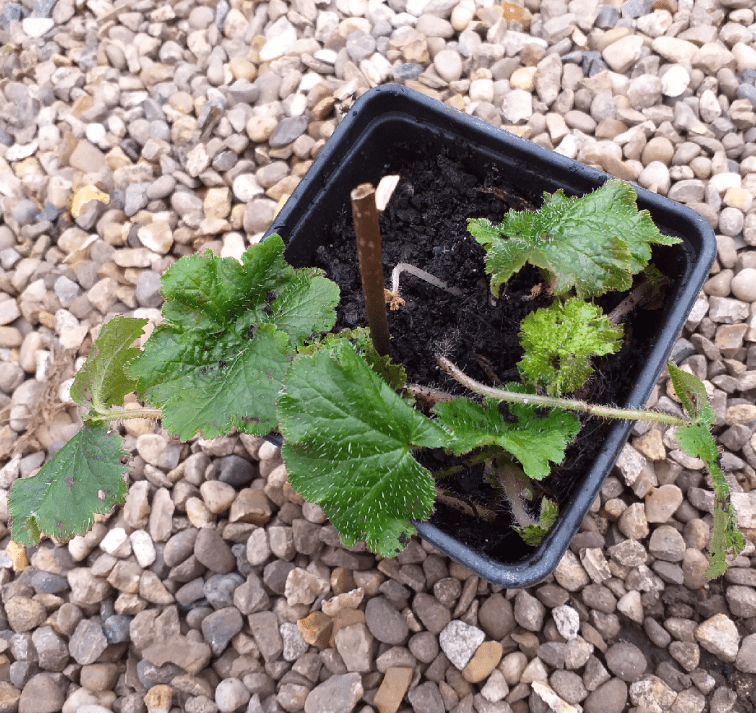
Caring for Fringe Cup Throughout the Seasons
A. Spring and Summer Care
1. Fertilization tips for vigorous growth
It is crucial to provide your fringe cups with the necessary nutrients during the spring and summer months to promote vigorous growth. A high-quality, well-balanced fertilizer can make all the difference in ensuring that your fringe cups reach their full potential. By providing them with the right nutrients, you are setting them up for success and ensuring that they will bloom beautifully in the coming months. So don’t skip out on fertilization – give your fringe cups the fuel they need to thrive and flourish in your garden. It will be well worth the effort when you see the stunning results!
2. Pruning and deadheading to promote continuous blooming
Pruning and deadheading your fringe cups throughout the spring and summer months is essential for promoting continuous blooming. By removing spent flowers and trimming back any straggly growth, you are encouraging your plants to produce new blooms and maintain a tidy, attractive appearance. This not only keeps your garden looking its best, but it also prolongs the flowering period of your fringe cups, allowing you to enjoy their beauty for longer. So grab your pruners and get to work – your fringe cups will thank you with a show-stopping display of blooms!
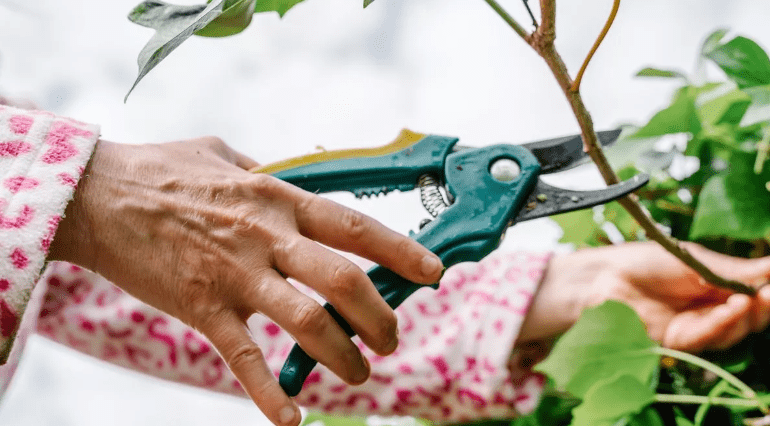
3. Pest and disease prevention and management
Ensuring the health and vitality of your fringe cups requires diligent pest and disease prevention and management. Regularly inspecting your plants for signs of infestation or disease, and promptly addressing any issues that arise, is crucial for maintaining their well-being. By using natural and organic methods to control pests and diseases, such as introducing beneficial insects and practicing good garden hygiene, you can protect your fringe cups without harming the environment. So stay vigilant and proactive in caring for your plants, and you’ll be rewarded with healthy, vibrant fringe cups that are free from pests and disease. Your garden will thank you for it!
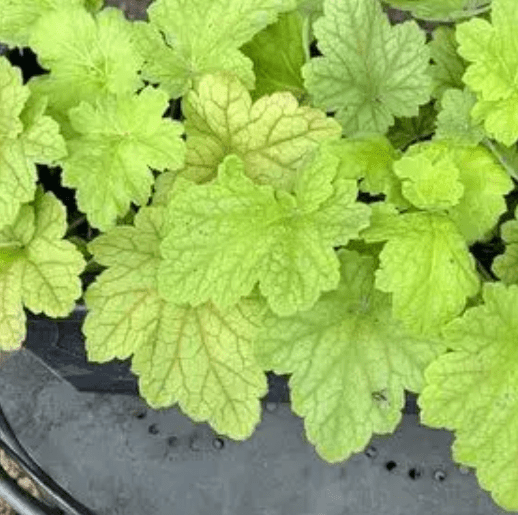
B. Fall and Winter Care
1.Preparing Fringe Cup for the cold season
As the colder months approach, it’s important to prepare your fringe cups for the coming winter. Start by cutting back any dead or diseased foliage to promote healthy growth in the spring. Mulch around the base of the plants to protect the roots from freezing temperatures. You can also consider covering your fringe cups with a breathable fabric or garden cloth to shield them from harsh winter weather. With a little care and preparation, your fringe cups will be ready to thrive and bloom come springtime. So don’t neglect your plants in the fall and winter – take the time to properly care for them and you’ll be rewarded with a stunning display of blooms in the months to come.
2. Mulching for winter protection
As the temperatures start to drop in the fall, it’s important to provide your fringe cups with some extra protection to help them survive the winter months. Applying a layer of mulch around the base of your plants can help insulate the soil, regulate temperature, and protect the roots from freezing. This simple step can make a big difference in the health and survival of your fringe cups during the colder months, ensuring that they emerge in the spring ready to thrive once again. So take the time to mulch your fringe cups – it’s a small effort that can make a big impact on their well-being.
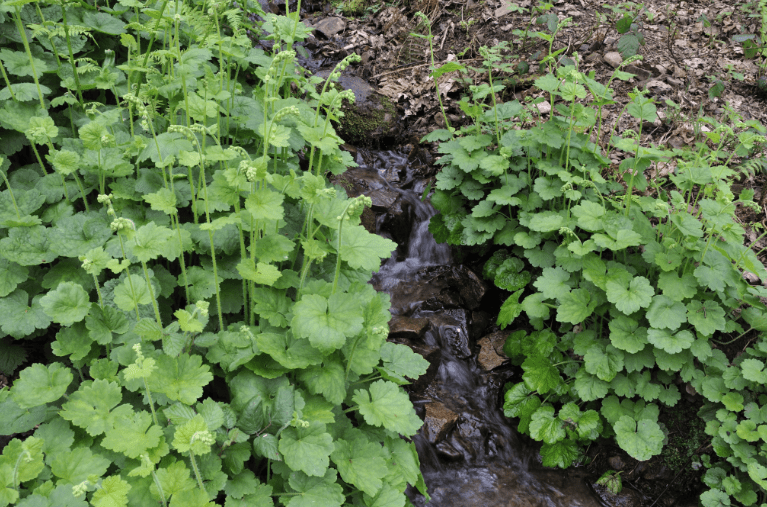
Common Problems and Solutions
A. Pests and Diseases
1. Common pests that affect Fringe Cup (aphids, slugs, etc.)
Fringe cups are a beautiful addition to any garden, but they do require proper care to thrive. One of the most important aspects of caring for fringe cups is protecting them from common pests such as aphids and slugs. These pests can quickly damage your plants, so it’s essential to keep an eye out for any signs of infestation. Regularly inspect your plants and take action to address any pest issues before they become a major problem. Using natural pest control methods can help keep your fringe cups healthy without the need for harmful chemicals.
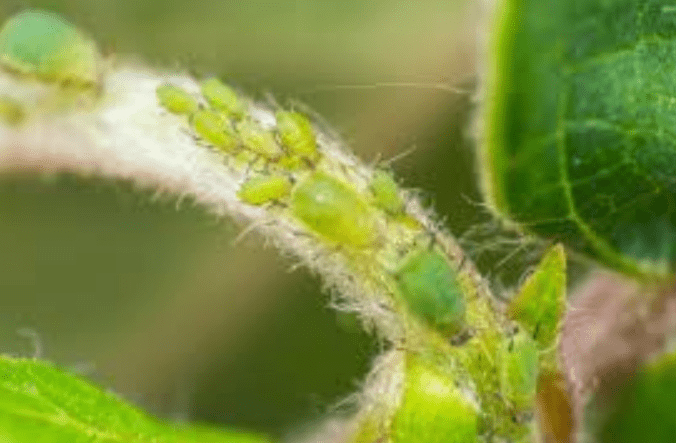
2. Disease issues and how to prevent them
In addition to pests, fringe cups can also be susceptible to diseases that can impact their overall health. Proper care and maintenance can help prevent common diseases such as powdery mildew and root rot. Make sure to provide proper air circulation and avoid overwatering to prevent the onset of these diseases. Regularly inspect your plants for any signs of disease and take action promptly to address any issues. By taking the time to mulch your fringe cups and practicing good gardening habits, you can help prevent common diseases and ensure your plants thrive. Your efforts in protecting your fringe cups will not only benefit the plants themselves, but also contribute to the overall beauty and health of your garden. So, take the time to mulch your fringe cups and keep them safe from pests and diseases – it’s a small effort that can make a big impact on their well-being.
B. Environmental Stress
The health and well-being of your fringe cups are in your hands, and it’s important to take the necessary steps to protect them. By providing proper care and maintenance, you can prevent common diseases and ensure your plants thrive. Don’t underestimate the power of good gardening habits – they can make a significant impact on the overall beauty and health of your garden. So, take the time to mulch your fringe cups and keep them safe from pests and diseases. Your efforts will not go unnoticed, and your plants will thank you for it.
Propagation of Fringe Cup
A. Methods of Propagation
When it comes to propagation of fringe cups, there are several methods you can use to expand your garden and share the beauty of these plants with others. From division to seed propagation, there are options for every level of gardener. And with the proper techniques and care, you can successfully propagate your fringe cups to create a stunning display in your garden. So, don’t hesitate to try your hand at propagation – the rewards are well worth the effort. With a little patience and dedication, you’ll be able to enjoy the beauty of fringe cups for years to come.
B. Tips for Successful Propagation
When it comes to successfully propagating fringe cups, there are a few key tips to keep in mind. First and foremost, make sure to choose healthy, well-established plants for division or seed collection. This will increase your chances of successful propagation.
For division, make sure to use a sharp, clean tool to separate the plant into smaller sections, ensuring each section has plenty of roots and healthy growth. For seed propagation, collect seeds from mature plants and sow them in a well-draining soil mix, keeping them consistently moist until germination.
No matter which method you choose, it’s important to provide proper care and attention to your new plants as they establish themselves. Keep them watered, monitor for pests or diseases, and provide the right growing conditions for healthy growth.
With these tips in mind, you’ll be well on your way to successfully propagating fringe cups and enjoying their beauty in your garden for years to come. So don’t be afraid to give it a try – the rewards are more than worth the effort.
Companion Planting with Fringe Cup
A. Best Companion Plants
Best Companion Plants for Fringe Cup include ferns, hostas, and other shade-loving perennials. These plants will complement the delicate, yet vibrant foliage of the fringe cup and create a lush, woodland garden atmosphere. By planting them together, you can create a harmonious and balanced garden that is not only visually stunning but also beneficial for the plants themselves. The shade provided by the fringe cup can also help protect the companion plants from excessive sunlight, while the diverse root systems can help improve soil health. So when choosing companion plants for your fringe cup, consider these options for a beautiful and thriving garden.
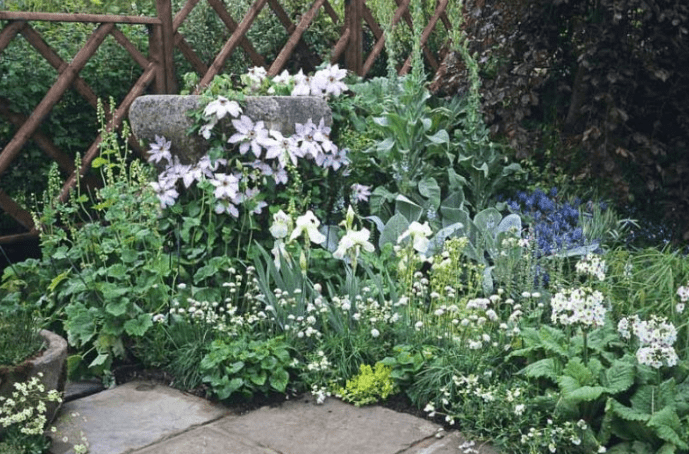
B. Landscape Design Ideas
When it comes to landscape design, fringe cups are a versatile and valuable plant to incorporate into your garden. Its delicate, lacy foliage and vibrant blooms can add a touch of elegance and charm to any garden setting. Whether you’re looking to create a woodland garden, a shady oasis, or a naturalistic landscape, fringe cups can be a valuable addition.
Consider incorporating fringe cups into your garden as a groundcover to add texture and interest to your landscape. Its low, spreading habit makes it perfect for filling in bare areas and creating a lush, green carpet. You can also use fringe cups as a border plant to add a pop of color and create visual interest along paths and walkways.
For a more naturalistic look, pair fringe cups with other shade-loving plants such as ferns, hostas, and other woodland perennials. This will create a harmonious and balanced garden that is not only visually stunning but also beneficial for the plants themselves. The shade provided by the fringe cup can also help protect the companion plants from excessive sunlight, while the diverse root systems can help improve soil health.
Incorporating fringe cups into your garden design can help create a beautiful and thriving landscape that is both visually appealing and environmentally beneficial. So when planning your next landscape project, consider the endless possibilities that fringe cup can bring to your garden.
In conclusion, caring for fringe cups in your garden is not only about watering and fertilizing, but also about providing the right amount of sunlight and soil conditions. By following our expert tips and advice, you can ensure that your fringe cups will thrive and create a stunning display in your garden. Don’t settle for mediocre blooms – with the right care, your fringe cups can be the highlight of your garden and bring joy to your outdoor space. So why wait? Start implementing our tips today and watch your garden come to life with vibrant fringe cup blooms.
Frequently Asked Questions (FAQs)
The fringe cup plant prefers moist, well-drained soil, so it’s important to water it regularly, especially during dry periods. Make sure not to overwater, as this can lead to root rot.
Fringe cup plants thrive in partial to full shade, making them a great addition to shaded areas in your garden.
Fringe cup plants do not require much fertilization, but a light application of a balanced, organic fertilizer in the spring can help promote healthy growth and blooms.
Fringe cup plants can be propagated by dividing the clumps in the spring or by collecting and sowing the seeds.
Fringe cup plants are generally resistant to pests and diseases, but it’s important to keep an eye out for any signs of powdery mildew or aphids.
Yes, fringe cup plants can be grown in containers as long as the container has good drainage and the plant receives the right amount of shade and water.
Fringe cup plants are hardy and can tolerate cold temperatures, but it’s important to mulch around the base of the plant to protect the roots from freezing.
Fringe cup plants complement other shade-loving plants like ferns, hostas, and astilbes, making for a beautiful and diverse garden display. Overall, with the right care and attention, fringe cup plants can thrive and add a unique touch to your garden. Happy gardening!
